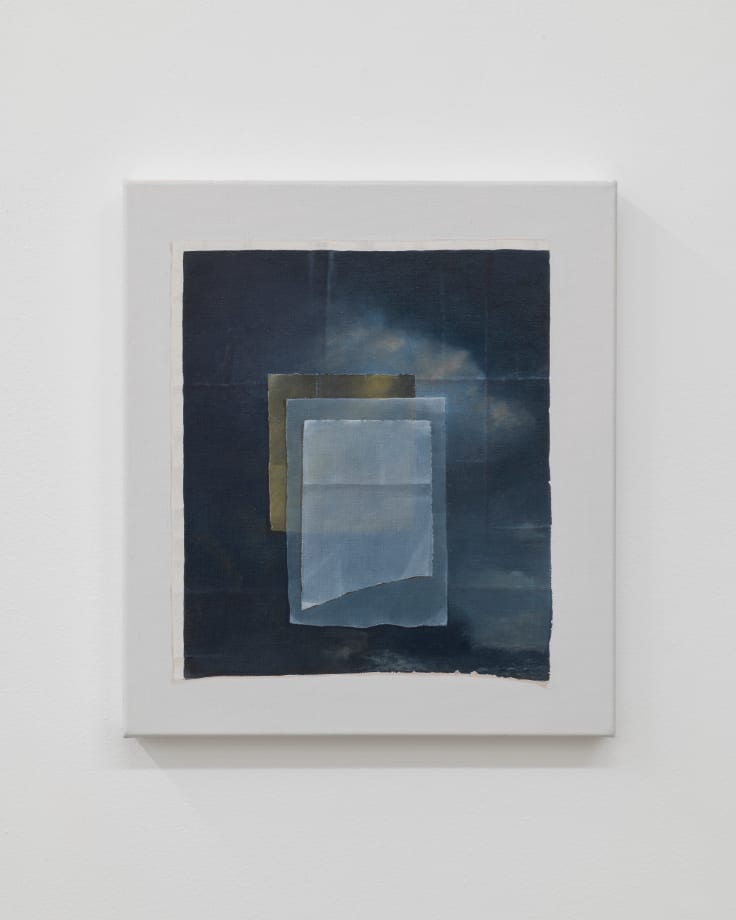Emily Wolfe (b.1972, Auckland Tāmaki Makaurau) studied at Elam School of Fine Arts before being awarded the Ryoichi Sasakawa Scholarship to the Slade School of Fine Arts at University College London. Since then, Wolfe has sustained an international arts practice from her home in England, with regular exhibitions back in Aotearoa.
Wolfe immerses herself in the traditions and reveries of trompe l’oeil and its charismatic illusory qualities. She draws our attention to the act of image making, simultaneously disrupting and perpetuating the illusion of the image and the nature of its construction as a series of intersecting planes. Time is expertly conflated in these works, collapsing it in on itself as if merely by accident instead of careful artifice. Positioned at the boundary between the painted world and the physical one – at the threshold between dream and reality – Wolfe’s delicate paper trails lead us in ever-increasing circles, continuously looping back on ourselves.
These paintings reference the process of recording archaeological excavations, something I became interested in after a period spent working on a variety of sites with the Museum of London Archaeology. The two processes of painting and excavating are connected in my mind. Each process involves layering and stratification and the consequent emergence of narratives.
Recent works see Wolfe turning her attention to the history and traditions of 17th and 18th century European landscape painting. After photocopying prints in sections, she cuts and reassembles them as paper collages, with the addition of other materials such as paper and masking tape. She then photographs and discards the collages, only then beginning the process of painting from the photographic image she has made. Art Historian David Maskill considers this “complex layering of references between reproductions and ‘originals’”, and Wolfe’s resulting works as “painted memories of preparation, of excavation, of selection and of assemblage, which are as much records of her thought processes as they are displays of her astonishing painting technique.”

